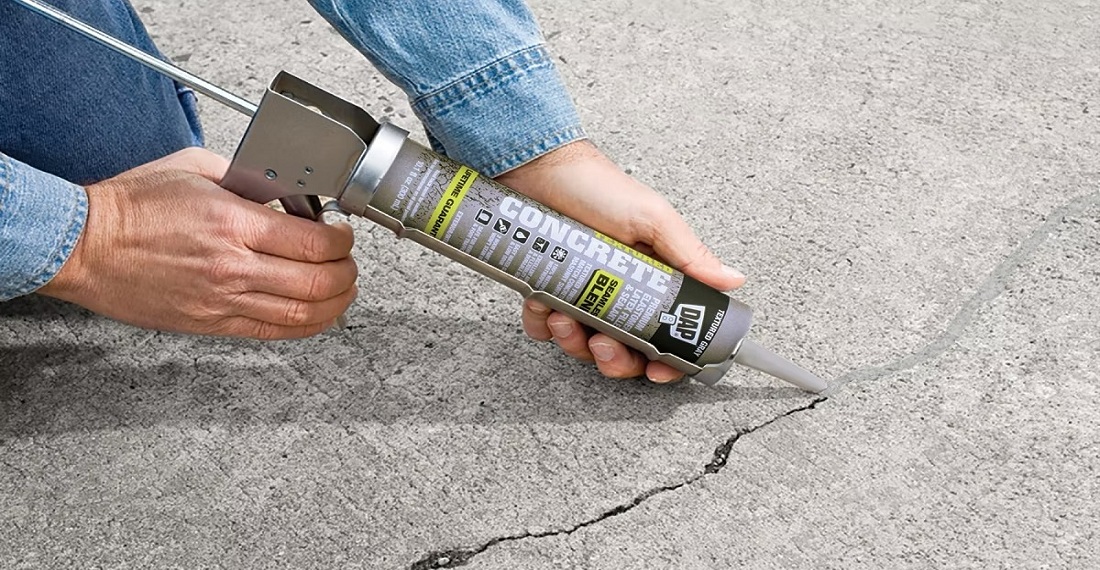Despite being widely regarded as one of the most durable construction materials, concrete is actually quite delicate. If left untreated, drying shrinkage, chemical or environmental corrosion, or even regular wear and tear can cause cracks that grow in size and severity. Luckily, minor damage to a driveway, set of stairs, or foundation can be fixed with little troubles. So, put on your gloves and safety glasses and learn how to fix solid concrete with these tips.
Driveway Dings: Repairing Concrete Driveway Cracks
Driveways, both old and new, are susceptible to small, surface-level fissures, but if caught early, they pose no major threat. When concrete ages and separates, it often develops fine fissures that can be quickly and cheaply repaired.
- Remove any loose concrete particles with a screwdriver or chisel, then sweep away any remaining debris with a wire brush and a broom.
- Get yourself a small can of concrete patch or masonry crack filler. They’re available at hardware stores in the form of squeeze bottles or tubes to insert into a caulking gun.
- Fill the crack with the patching compound and smooth it out with a putty knife.
- After the compound has cured, apply a driveway sealer to prevent the crack from expanding and to protect it from the elements.

Stair Repairs: Repairing the Edges of Concrete Steps
Stair edges and corners that have concrete cracks can ruin the aesthetics of a walkway and put pedestrians in danger. In a fortunate turn of events, concrete stairways can have their stability and safety restored with relatively inexpensive materials and tools.
- Sweep the area clean with a brush and broom, then hose it down with water to ensure that the patching compound used in Step 4 adheres properly.
- To ensure that your concrete takes the proper shape, place one or two planks against the edge you’re attempting to fill, and set a brick against the outside of the wood to keep it steady. (Check that the planks’ height is identical to that of the stair.)
- Follow the instructions from the manufacturer to trowel a pre-mixed vinyl compound (you can see an example on Amazon) into the space left by the form.
- Remove the form once the patch has set and allow the compound to cure into a flawless flight of steps.

Foundation Flaws: Repairing Small Foundation Cracks
Concrete foundation cracks that go unnoticed today may become major structural issues tomorrow, necessitating the services of a professional. However, homeowners can (and should) control smaller cracks measuring one-eighth to one-quarter of an inch. Here’s how:
- To begin, use a chisel or sledgehammer to remove crumbling concrete, undercutting the edges to prevent the adhesive from slipping through the cracks.
- For better compound adhesion, brush the area clean and spray it down thoroughly with water.
- Using a trowel, spread a mixture of dry vinyl concrete patch powder and latex over the crack.
- To make the patch blend in with the surrounding concrete, sweep the area with a broom if the surface isn’t smooth.


